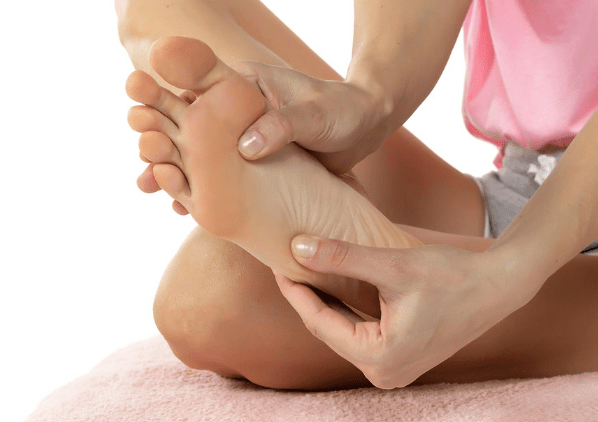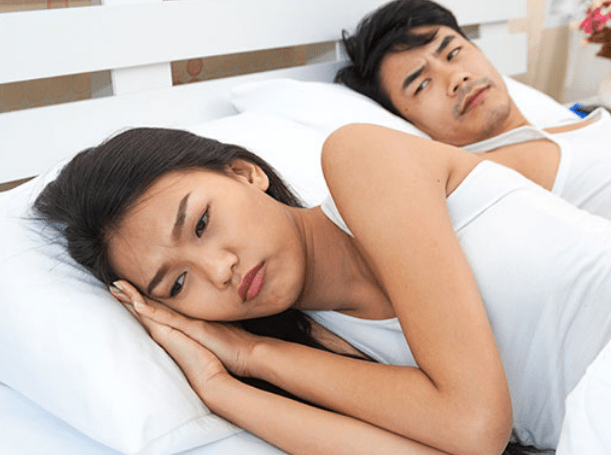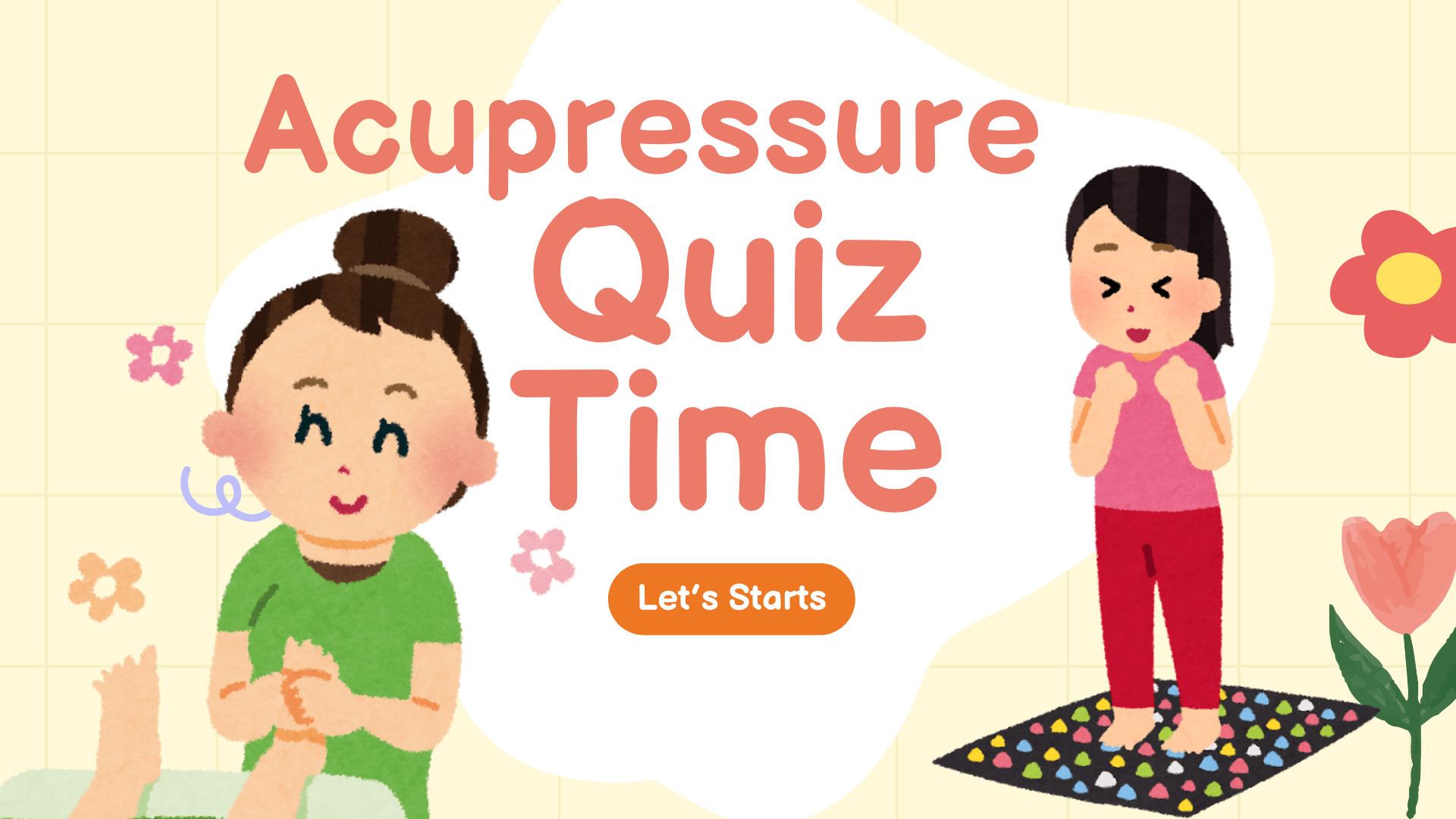In today’s fast-paced world, natural healing techniques like acupressure are becoming increasingly popular for promoting wellness without the use of medication. Here we will let you know how to do acupressure at home. Acupressure is an ancient Chinese therapy that involves applying gentle pressure to specific points on the body to relieve pain, reduce stress, and improve circulation. The best part is that you can easily perform acupressure at home without any special equipment. This step-by-step tutorial will guide you on how to get started safely and effectively.
What Is Acupressure?
Acupressure is a form of Traditional Chinese Medicine (TCM) based on the same principles as acupuncture. It stimulates the body’s self-healing abilities by applying pressure to meridian points—energy pathways connected to different organs and systems.
🏠 Benefits of Doing Acupressure at Home
Below are a few benefits of doing acupressure at home:
- Improves Circulation—Daily stimulation helps blood and energy (qi) flow more efficiently.
- Reduces Stress & Anxiety—Regular sessions calm the nervous system and enhance relaxation.
- Relieves Chronic Pain—Conditions like back pain, headaches, and arthritis respond well to consistent pressure.
- Enhances Sleep Quality—Points like HT7 and SP6 help promote better sleep when used routinely.
- Balances Energy Levels—Daily acupressure can help maintain physical and emotional equilibrium.
🛠️ What You’ll Need
- A quiet space
- Clean hands
- Comfortable chair or floor mat
- Optional: essential oils, relaxing music
Step-by-Step Guide: How to do Acupressure at Home
Here are acupressure steps for beginners, and you have to be very careful while doing this in order to get results.
Step 1: Choose the Right Pressure Point
Here are a few common acupressure points:
- LI4 (Hegu)—For headache and stress (located between thumb and index finger)
- PC6 (Neiguan)—For nausea and anxiety (3 fingers below the wrist crease)
- SP6 (For menstrual cramps and digestion) 3 fingers above the ankle bone on the inside of the leg.
Step 2: Apply Gentle Pressure
- Use your thumb, finger, or knuckle to press firmly but comfortably.
- Hold for 30 seconds to 2 minutes.
- Use circular or up-and-down motions.
- Breathe slowly and deeply throughout the process.
Step 3: Repeat and Switch Sides
- Repeat on both sides of the body (where applicable).
- Do 2–3 sessions per day, depending on your concern.
Step 4: Stay Consistent
- Acupressure works best when practiced regularly.
- Start with 5–10 minutes daily and increase as needed.
Should we perform acupressure daily?

Yes, you can perform acupressure daily, and in fact, many practitioners recommend it as part of a regular self-care routine. This is one of the natural healing techniques, so there is no harm in doing this daily. But here are a few things to keep in mind.
⚠️ Precautions Before You Start
- Keep sessions short (5–15 mins) per point to avoid overstimulation.
- Don’t press too hard—gentle, steady pressure is most effective.
- Avoid pressing directly over bruises, open wounds, or inflamed areas.
- Pregnant women should consult a doctor before practicing, as some points may induce labor.
🧘 Ideal Daily Routine:
You can focus on 3-4 pressure points based on your needs. Below are few examples:
- Morning: LI4 for focus & energy
- Midday: PC6 for stress & digestion
- Night: SP6 or HT7 for sleep & relaxation
🌿 Bonus Tip: Combine With Lifestyle Habits
- Stay hydrated after a session
- Combine with light stretching or yoga
- Use calming essential oils like lavender or peppermint
Conclusion
Acupressure is a simple, drug-free way to boost your health and reduce daily stress from the comfort of your home. With just a few minutes a day and the right technique and applying the above acupressure steps for beginners, you can unlock your body’s natural healing power and you will see the benefits of doing acupressure at home. Bookmark this step-by-step tutorial and start your wellness journey today.




